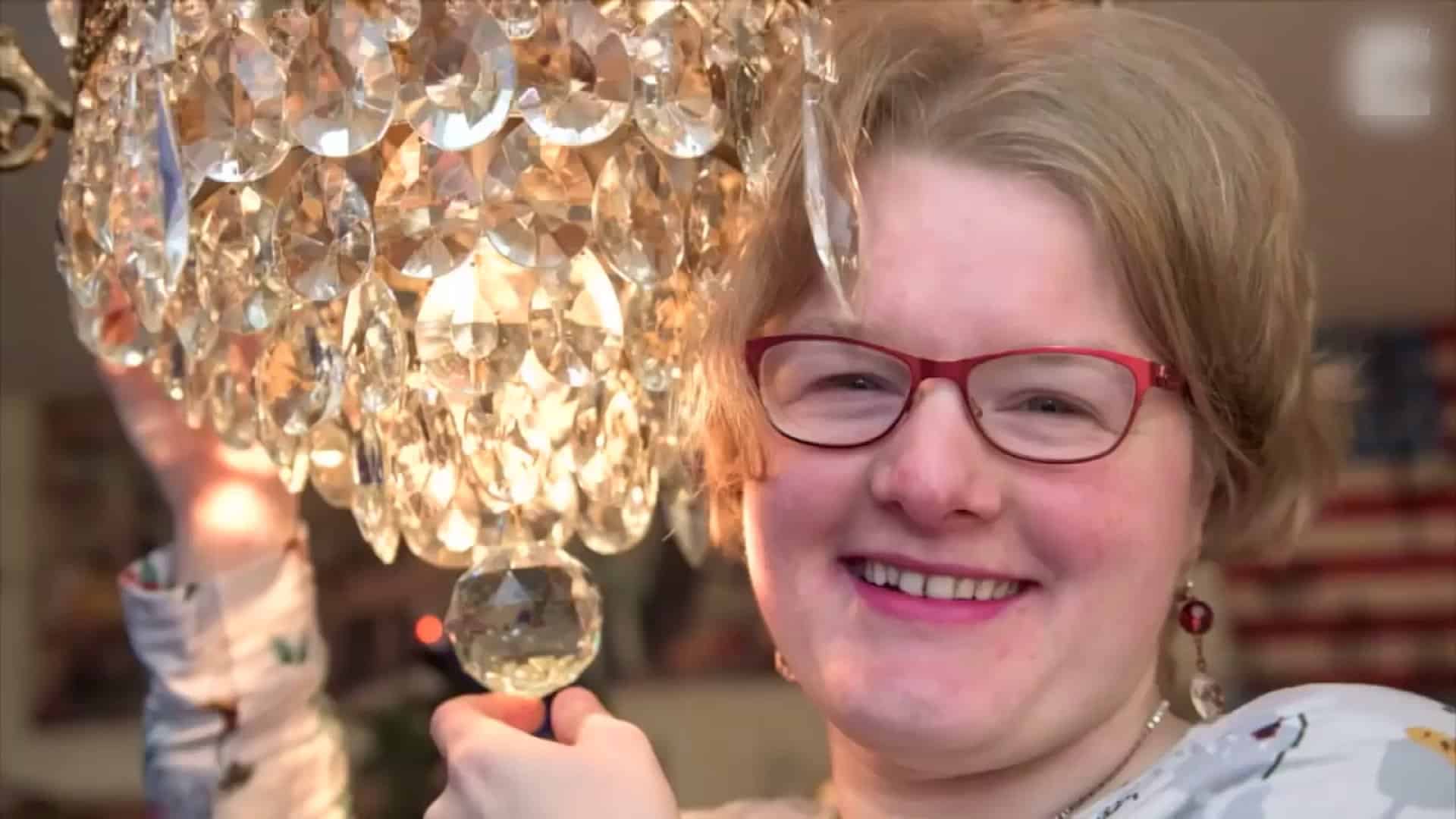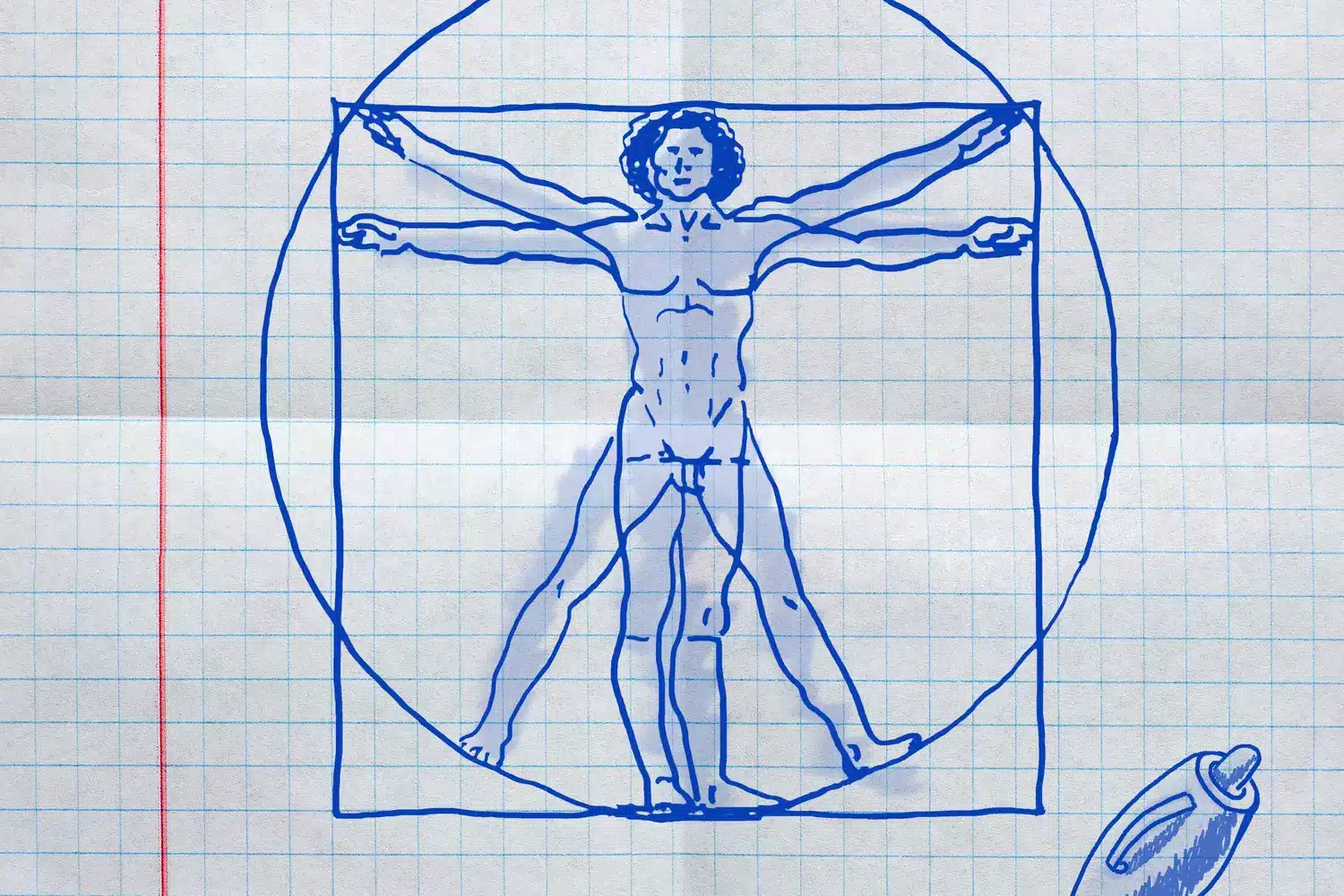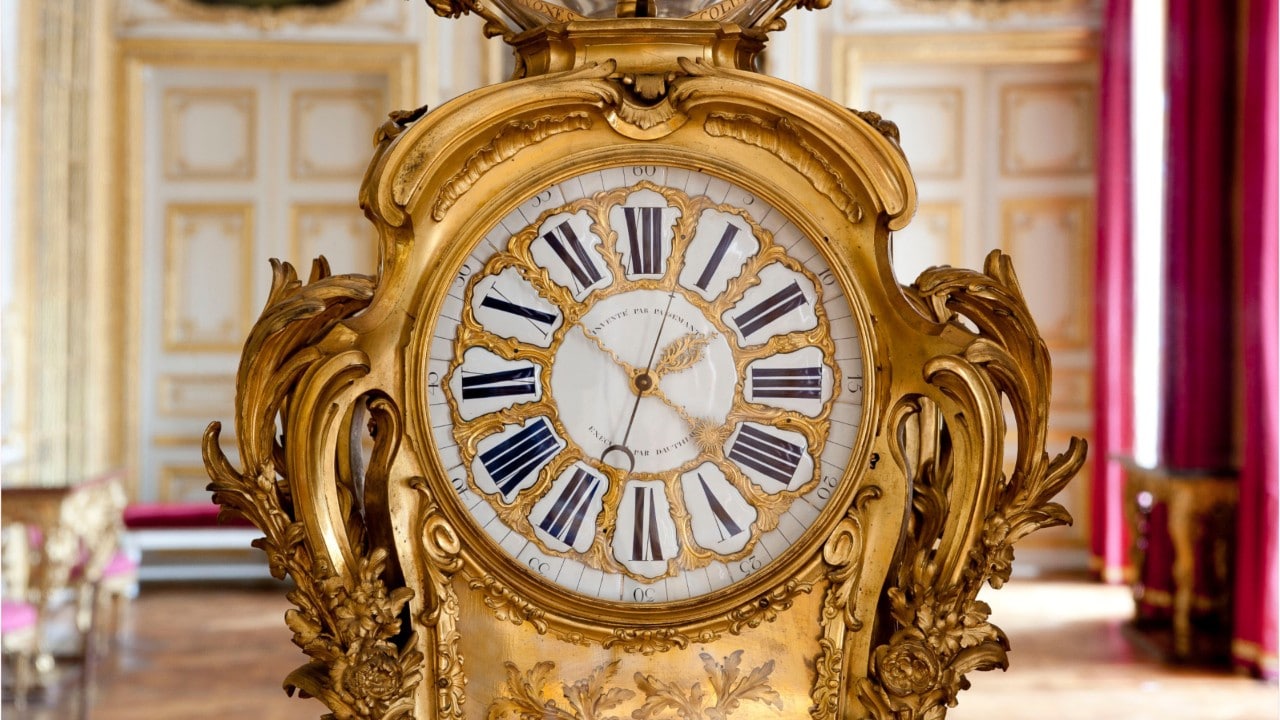Amanda Liberty, from Leeds, England, lives a romance that defies every expectation. Her partner is not human but a century-old German chandelier named Lumière. As an objectophile, Amanda experiences genuine attraction to objects rather than people, sharing her journey openly despite outsiders’ confusion. This remarkable tale has left many intrigued—and some bewildered—by what it means to truly fall in love with an inanimate object.
Who is Amanda Liberty and how did her love story begin?
The path Amanda Liberty has taken can seem unusual for those unfamiliar with objectum sexuality. Instead of romantic connections with humans, Amanda feels drawn toward inanimate objects. Her earliest encounters with this orientation date back to her teens, when she realized she was not attracted to people but instead found drum sets and symbolic items captivating.
As years passed, Amanda’s feelings transferred across several beloved objects. She recounts falling in love with symbols such as the American flag and even the Statue of Liberty. For Amanda, these intense bonds have always centered on beauty, harmony, and a unique emotional energy that only she perceives in her chosen companions.
What is objectophilia and how does it manifest?
Objectophilia, sometimes called objectum sexuality, describes romantic or sexual attraction to objects instead of living beings. Those who identify as objectophile may form deep emotional, and sometimes physical, relationships with structures, musical instruments, household items, or other inanimate objects.
This orientation remains rare and often misunderstood. While most might see affection for an object as fleeting or odd, individuals like Amanda experience lasting, meaningful relationships that fulfill needs for intimacy and attachment comparable to conventional romances.
Why do some people feel attraction toward inanimate objects?
Unique emotional connections develop
For Amanda and others with objectophilia, these bonds are not simply about aesthetics but emerge from meaningful interaction. Objects may embody cherished memories, symmetry, or perfection that sparks feelings of joy. There is comfort and predictability in knowing an object will remain unchanging—a quality some objectophiles find appealing compared to the complexity of human relationships.
Many describe a sense of energy or essence within their favorite item. In Amanda’s case, Lumière is more than just a chandelier; he represents creativity, charm, and warmth. She delights in each crystal, each reflection, believing Lumière reciprocates her devotion through his shining presence.
Romantic relationships with objects evolve naturally
Although falling in love with objects is not common, it happens quite organically for objectophiles. Like love at first sight, there is often an instant connection felt upon discovering a particular item’s form, color, or history. For Amanda, connecting emotionally with Lumière brought comfort and meaning unmatched by past relationships with people.
Amanda’s story is not isolated. Many objectophiles express total contentment from their relationships—even holding engagement ceremonies or marriage-style rituals, committing themselves to their beloved items. These non-traditional relationships demonstrate that love’s definition can stretch far beyond familiar boundaries.
How does Amanda experience her relationship with Lumière?
Lumière, purchased from Germany on eBay, carries over a hundred years of history. Amanda explains her affection as joyful and deeply intimate, emphasizing the beauty in his crystals and the calming energy radiating from every angle. Interacting daily with Lumière, Amanda finds fulfillment and happiness that rivals any human partnership she has tried before.
The connection is not purely emotional for Amanda; she sees herself in an exclusive relationship, going so far as to announce their engagement. Describing their bond as mutual and deeply personal, Amanda challenges assumptions that her love life lacks meaning or depth. For her, Lumière offers acceptance free from judgment, something she values immensely given past experiences with societal scrutiny.
What are the challenges faced by objectophiles?
Navigating social stigma and misunderstanding
Society tends to treat romantic relationships with objects as strange, sparking curiosity but also ridicule. Amanda receives frequent criticism from those who struggle to believe her feelings are genuine or deserving of respect. Despite global attention, much of it arrives steeped in skepticism or outright disbelief, leaving many objectophiles feeling isolated.
The lack of legal and societal recognition further compounds the issue. Unlike traditional marriages or engagements, emotional unions with objects rarely receive acknowledgment outside select communities of support. The absence of understanding can lead to loneliness and discourage openness for others who share similar identities.
Defending love’s validity and diversity
Amanda actively speaks out, advocating for respect and protection for all forms of identity, including those who experience attraction to objects. She believes the stigma surrounding non-traditional relationships reveals society’s discomfort with difference rather than any fault in her own choices. Pointing to her long-standing happiness, Amanda expresses hope for a future where objectophilia receives acceptance equal to any other orientation.
She maintains that love should be free of harm and bring contentment to those involved, regardless of whether the relationship features another person or a chandelier admired for its artistry. Her message resonates with anyone who has felt judged for loving differently, underscoring that privacy, agency, and autonomy matter most in intimacy.
Legal recognition and the meaning of commitment
While various countries recognize same-sex marriage and alternate families today, official validation for marriage to an object still lags behind. For Amanda and others pursuing commitment ceremonies or public declarations, legality is not as crucial as the symbolism behind their vows. Committing to Lumière marks a powerful decision for Amanda, expressing loyalty and devotion outside traditional systems.
These acts of devotion—public or private—signify that strong bonds with objects deserve acknowledgment, even if only among friends, family, or an online audience. Although full legal equality remains distant, Amanda’s visibility brings conversations forward, inviting a broader reconsideration of what kinds of love warrant celebration and respect.
- Amanda’s experience broadens public awareness about attraction to inanimate objects.
- Advocacy by objectophiles spotlights ongoing challenges regarding societal recognition.
- Non-traditional relationships highlight diverse ways of experiencing intimacy and fulfillment.
- Personal commitment, regardless of legal status, often holds deep personal significance for objectophiles.
Where does Amanda Liberty’s story fit in wider discussions on love?
Amanda’s courage in telling her story proves transformative for discussions about identity and compassion. Opening up about objectophilia, she invites audiences worldwide to rethink old assumptions about romance and intimacy. Every detail of her connection with Lumière presents both challenge and inspiration—prompting reflection on how love is defined in modern culture.
Her journey crosses paths with ongoing debates on inclusiveness, mental health, and authentic self-expression. By insisting her feelings are valid and harmless, Amanda pushes the boundaries of what society deems acceptable, arguing for empathy and open-mindedness toward all orientations—no matter how unfamiliar they may seem.
Understanding and respecting diverse connections
Conversations around attraction to objects, objectum sexuality, and the rights of objectophiles will likely grow over time. With stories like Amanda’s reaching wider audiences, the call for understanding becomes louder. People may wonder how real such feelings are, or what motivates them, yet the simple reality remains: for those experiencing these unique bonds, love holds just as much weight as any other heartfelt connection.
Listening to narratives like Amanda Liberty’s helps broaden perceptions and encourages a more inclusive view of intimacy. Whether involving a sparkling chandelier or another inanimate companion, every form of sincere attachment deserves space and dignity in public conversation.








